The coupe is a ballet step classified as one of the so-called “linking movements.” These steps are crucial for transitioning smoothly between movements and ensuring fluidity in ballet choreography. In this article, we will explain in detail how to perform this step correctly.
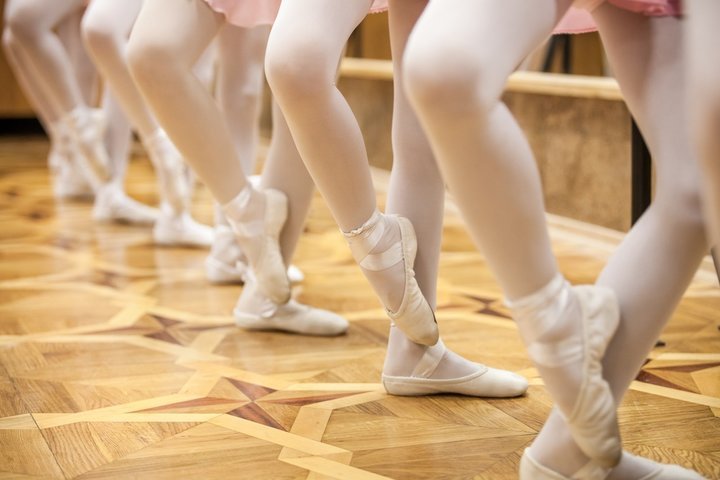
Table of Contents
What is a linking movement?
First, let’s look at what a linking movement is. These types of movements create fluid transitions between individual steps in ballet combinations. They also function as preparatory steps, providing the necessary momentum for the dancer to perform the next movement. Alternatively, they can be used at the end of a combination of steps, for example, helping to absorb the force of landing after a jump.
Steps that fall into this category include the coupé, the pas de bourrée, and the glissade, among others. These types of movements share some common characteristics:
- They involve a transition of weight from one leg to the other, either through a step or a jump.
- These may be used as preparation for jumps.
Before combining them with other steps, you must learn to execute them individually. Spend considerable time mastering individual linking steps before using them as preparatory steps for different movements. Although linking movements are often overlooked, their correct execution is essential for dancing a flawless Grand Allegro.
Coupé definition
Coupé means “to cut.” There are many variations of this step, but in all of them, one foot “cuts” to replace the other. In other words, the coupé represents a momentary, defined break or interruption in the flow of movement, or the precise beginning of a new one. Generally, the coupé is performed as a connecting step to another jump or movement. For example, it is used as a link between steps such as jeté and assemblé, or before a ballonne.
On the other hand, this movement is sometimes performed in series, changing from one foot to the other. It may be done sauté (with a spring into the air) or in relevé (terre a terre step), croise or efface. You should study Coupés first at the barre before adding them as linking steps in the centre.
How to do a coupé?
This step offers many variations, but in this article, we will explain the most basic ones.
Coupe dessous
This is a “coupé under”. To do this, follow these steps:
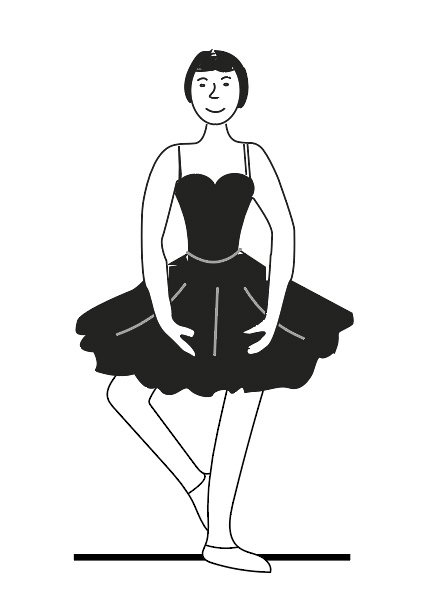
- Right foot on the cou-de-pied derriere
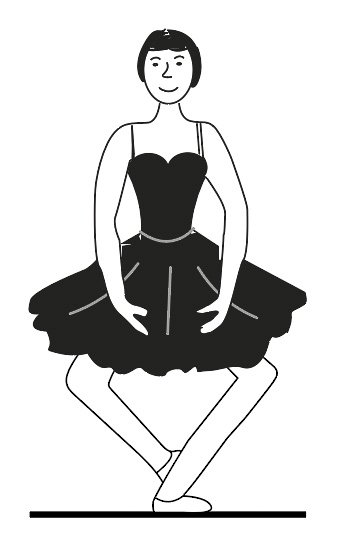
2. Do a demi-plié with the left leg
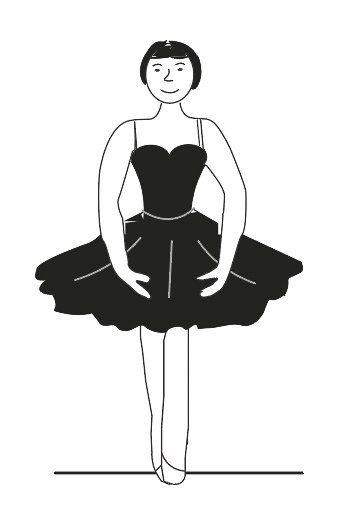
3. Place the right foot behind the left foot, both feet in fifth position on demi-pointe. You can also do a small jump instead. In this case, the step is called a “coupé dessous sauté.”
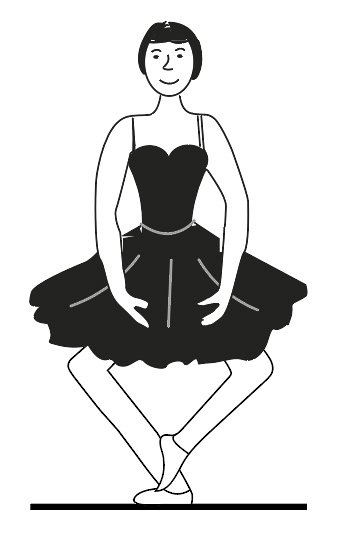
4. Perform fondue with the right leg and move the left foot to the cou-de-pied devant.
Coupe dessus
This is a “coupe over”. This is the reverse of the coupe dessous. To do this, follow these steps:
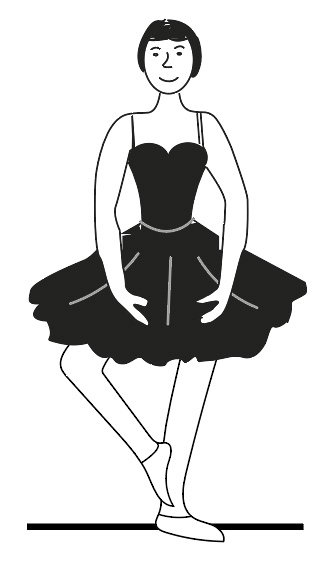
- Right foot on the cou-de-pied devant
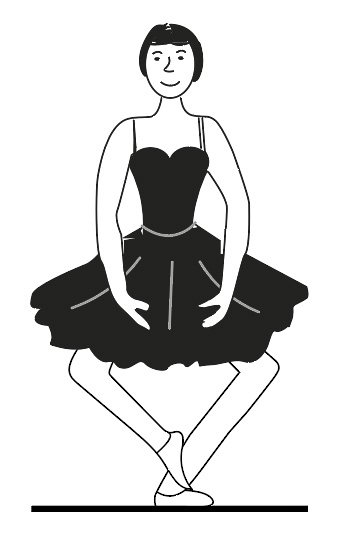
2. Do a demi-plié with the left leg
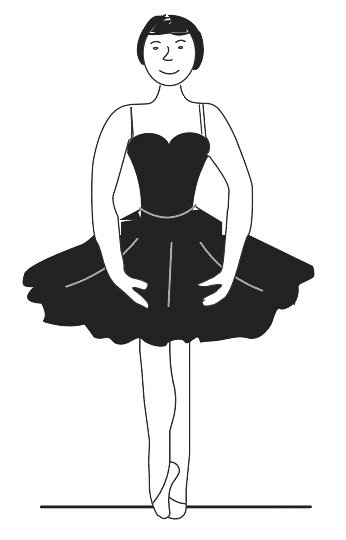
3. Place the right foot in front of the left foot, both feet in fifth position on demi-pointe. You can also perform a small jump instead. In this case, the step is called a “coupé dessus sauté.”
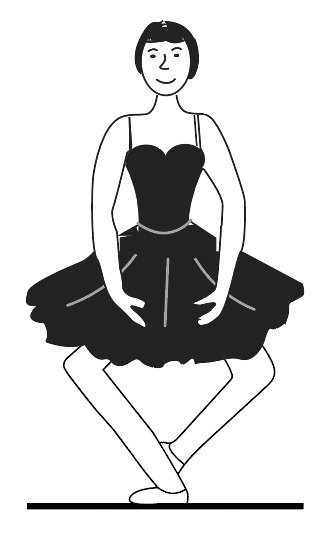
4. Perform fondue with the right leg and move the left foot to the cou-de-pied derriere.
Tips to do a coupé perfectly
- When jumping, both feet should be fully extended in the air.
- Remember to maintain maximum turnout.
- Your working knee should point back.
- Your hips should be aligned and square.
- It’s also essential to maintain the exact position of the sur le cou-de-pied when transferring weight.
- When performing the plié, remember to lift up to go down.
- Finally, don’t curve your foot inward (no sickled foot).
Is coupé the same as cou-de-pied?
No, they’re not the same. The coupé is a movement; it’s dynamic. On the other hand, the cou-de-pied is a position; it’s static. Sur le cou-de-pied means “on the neck of the foot.”
But why do many dancers get confused?
Because the cou-de-pied is an essential component of the coupé step. When you perform a coupé, you pass through the cou-de-pied position during the weight transfer. It’s the key midpoint of the movement. Coupe means to cut away—to cut away the leg by replacing it with the other leg. This action of changing legs is the coupe.
But coupe can lead into other positions and movements too, such as ballone or assemblé.
KEY INFO
Sur le cou-de-pied is just a position. Coupe is the action and transition.
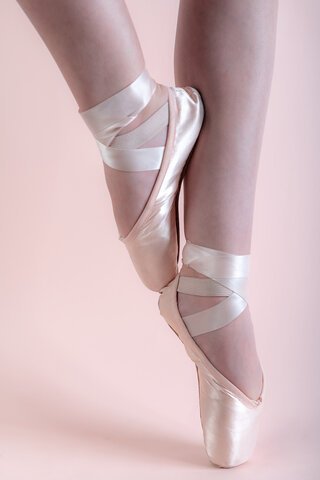


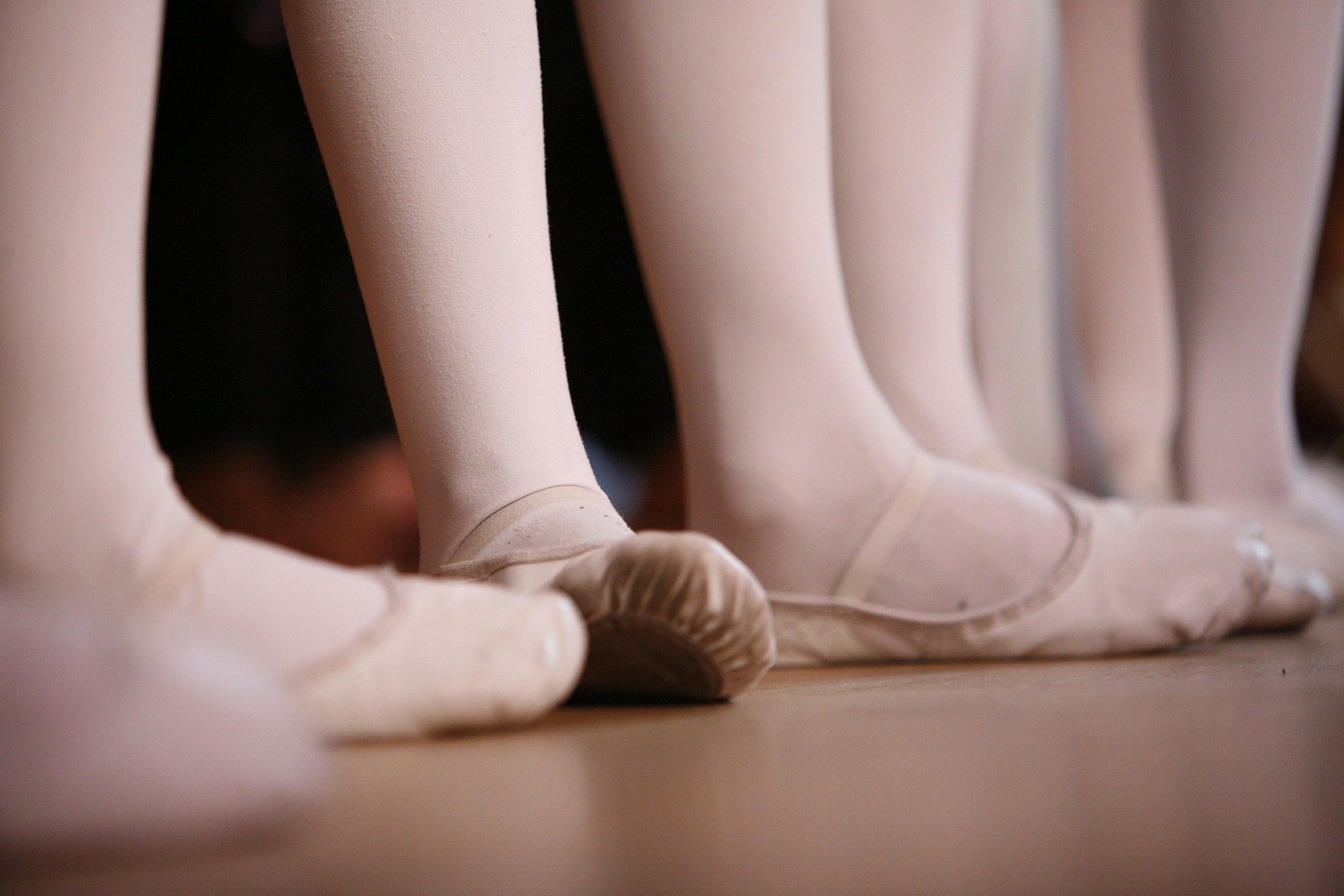


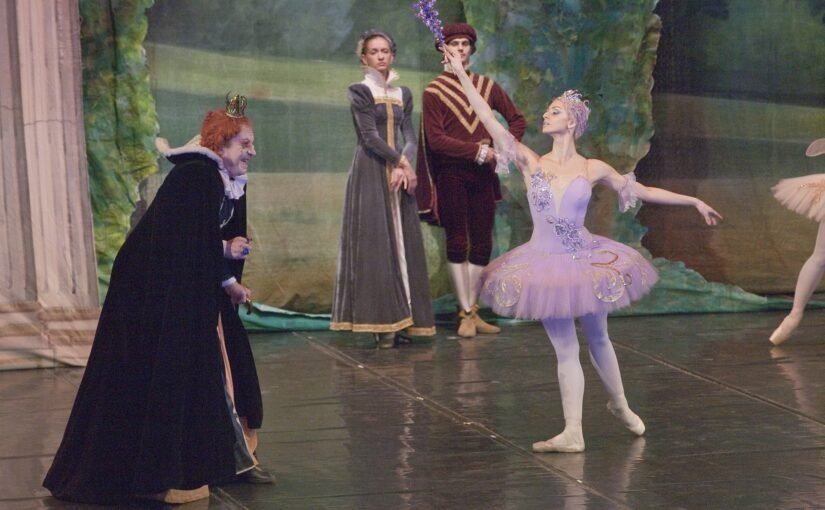
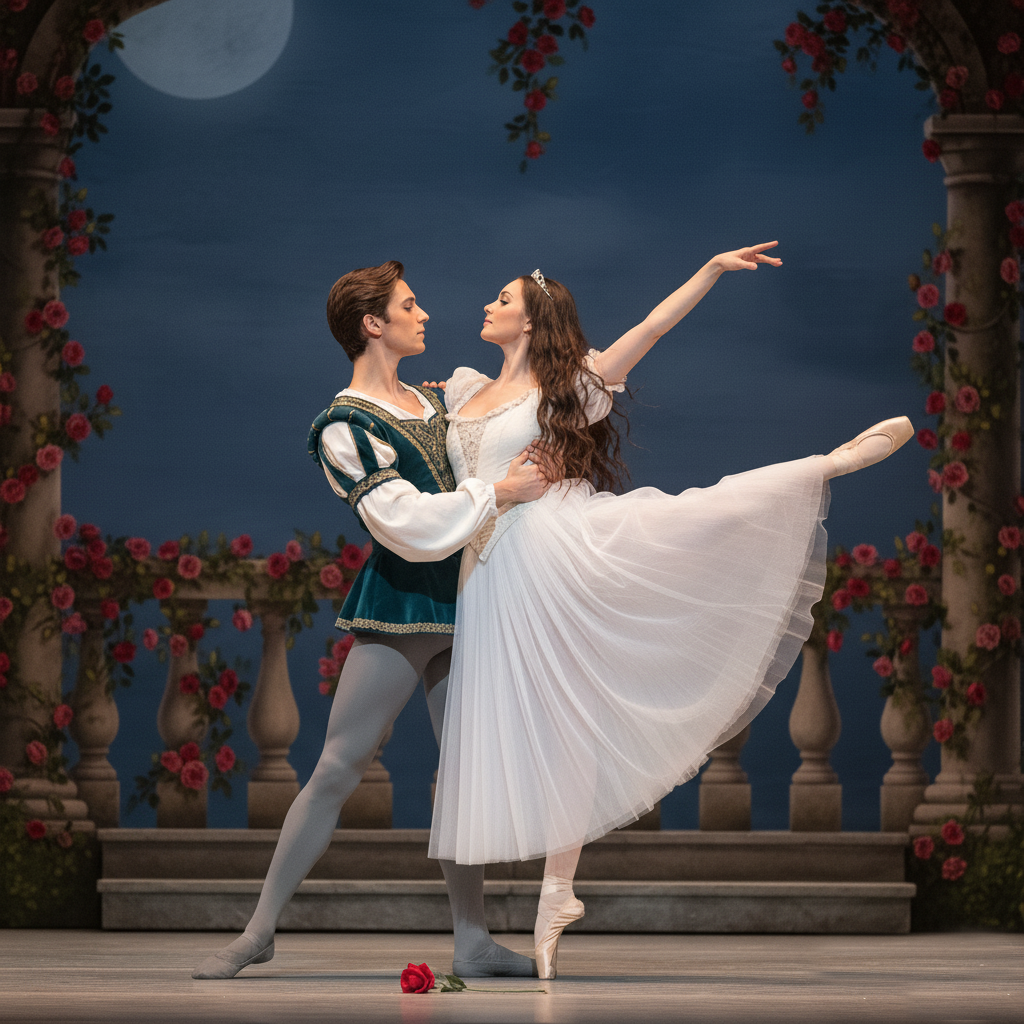
Leave a Reply